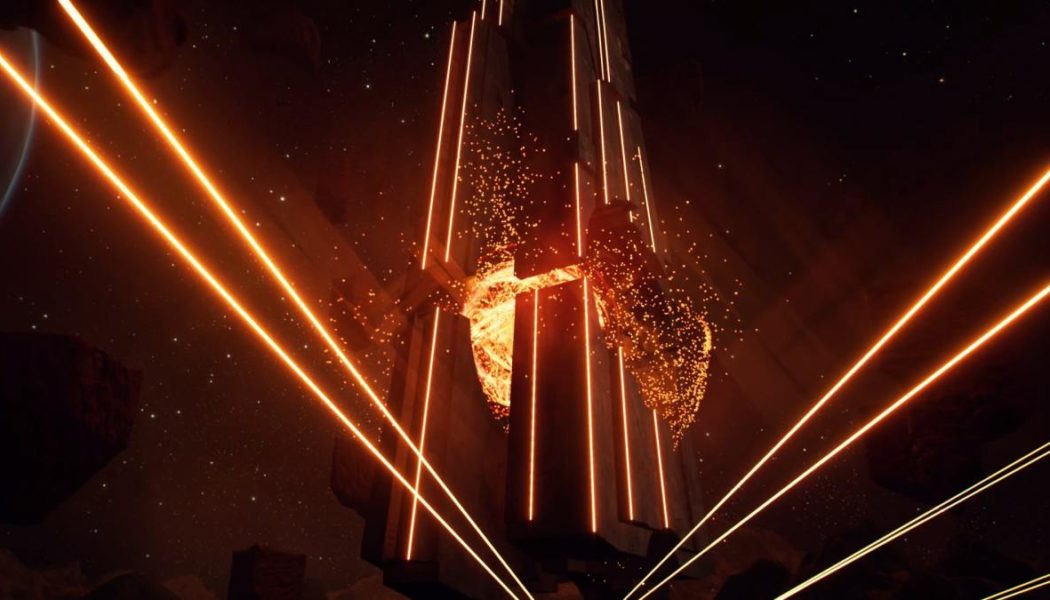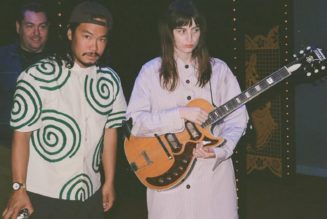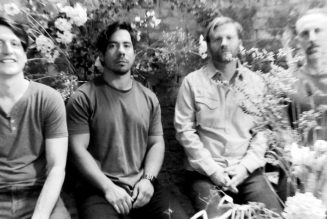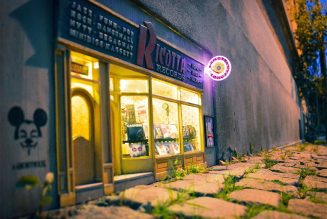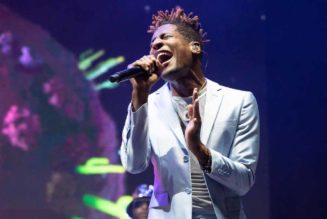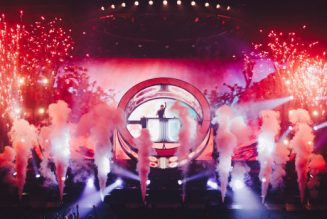Sensorium Galaxy’s behind-the scenes teasers are about to become the highlight reel of the live music industry. Despite devastating economic impact to the broader sector, the past 15 months could not have proven to be a better case study for one of the most powerful emerging startups at the intersection of music and tech.
The stars are beginning to align for Sensorium Galaxy, a next-generation concert platform where users can explore virtual worlds while enjoying performances from their favorite artists in industry-leading, triple-A quality.
The company has yet to launch its first digital concert environment, PRISM, but will do so later this year. Even so, a cascade of high quality teasers and headline generating talent acquisitions have hit the public eye over the course of the last year, which has only served to illuminate the platform’s potential. With the confluence of macroeconomic industry tailwinds and a lineup of key industry tastemakers in its corner, Sensorium has the potential to set a new industry standard in the virtual events space for years to come.
The relationship between music and technological advancement has been frequently contentious. Dance music fans know this well, as the industry at large initially looked upon the long-term prospects of performing DJs and producers with heightened skepticism. This manifested in the all too familiar critique of “DJs aren’t really artists, all they do is push play.”
At the crux of that argument is a perceived loss of music’s human element. And it’s an argument Sensorium is acutely aware of as they aim to entirely transform the world of live music as we know it.
“We are not just creating a platform for online broadcasts. We are creating a metaverse experience that consists of various worlds,” Sensorium Galaxy’s deputy CEO Sasha Tityanko tells EDM.com. “In our case we spent a lot of time on the development and production of these shows. Rather than placing an artist against a screen or shooting them in video format and placing them in a CGI space, we are using the most forward-thinking technologies from motion capture to 3D scan to VR and putting it all together.”
Sensorium sees the use of its cutting-edge tool stack as an asset for offering an immersive experience while retaining audience engagement. They’ve rapidly received powerful endorsements from electronic music’s biggest artists in the process of making it a reality.
“It [Sensorium] is beyond the expectations of what you would experience inside such a virtual reality space and the experience of that is something else that you haven’t really experienced in your life,” legendary DJ Carl Cox said of the product during a recent interview.
Thus far, Sensorium’s roster includes Cox, David Guetta, Armin van Buuren, Black Coffee, Dimitri Vegas & Like Mike, Eric Prydz, and Charlotte de Witte, but onboarding these artists is just the start of a much deeper creative process that occurs in order to bring a Sensorium show to fruition.
The first step includes capturing an artist’s “true essence” through the use of hyperrealistic 3-D scanning technology. In a behind-the-scenes clip documenting the creation of David Guetta’s avatar, Vince Argentine of Rouge Mocap Studio describes the need to capture every minute detail of the artist’s appearance, both physical and behavioral characteristics, including facial expressions, in order to create a digital human.
Recommended Articles
These granular creative details and decisions are being made with the involvement of Sensorium’s talent, providing them with artistic freedoms to make each experience unique.
“For the creation of each show it’s a creative process that happens with the artist’s involvement and participation,” Tityanko explains. “Most of the artists have customized their shows within PRISM, into which they are adding their own ideas and creative input. They see this as a new medium that will help them deliver their art in a new way and with new means of interaction with the audience. They see an opportunity in VR with its ability to erase the borders of our current world. People can’t always travel to events or can’t be in the place where the artist is performing as much as they’d like.”
While there’s no product currently on the market quite like Sensorium, the past 15 months have successfully proved there’s an undeniable appetite for this style of content. Better yet, the Sensorium team observed that despite a layer of technological separation between fans and artists, many remote performances during this time still managed to elicit powerful emotional responses.
Tityanko points to Guetta’s United at Home concert series, which raised millions for charity, as one impactful example.
“Some online performances were really touching, for example, David Guetta was gathering huge audiences and lifted people’s spirits up during the pandemic when people were locked in their homes,” she recalled. “He was just performing out on his balcony in Miami like any other human being trapped in their apartment, but he was still able to connect people together and bring them some joy and happiness.”
More promising observations were made as previously offline festival brands joined the trend by hosting their debut online editions. Fans of Tomorrowland seized the opportunity to join the iconic brand’s first online-only event, Tomorrowland Around The World. The festival—known for its worldwide appeal—proved to be quite adaptable, drawing in over a million dedicated viewers at the time.
While these data points serve to build confidence in the viability of Sensorium’s long-term vision, we suspect there are many more exciting developments still to be uncovered. In conducting this interview, EDM.com received an exclusive first look at what the groundbreaking worlds will ultimately look like.
Like an artist livestreaming from historic, pie-in-the-sky landmarks around the world, Sensorium has the ability to transport musicians and fans to fantastical sites well outside the confines of our everyday existence. With Sensorium’s environments reacting to the flow and tone of the artist’s music, the ability to view a concert from multiple vantage point—including the artist’s perspective—Sensorium’s hyper focus on the granular details is enough to keep users in a catatonic state for hours. And that’s just the start.
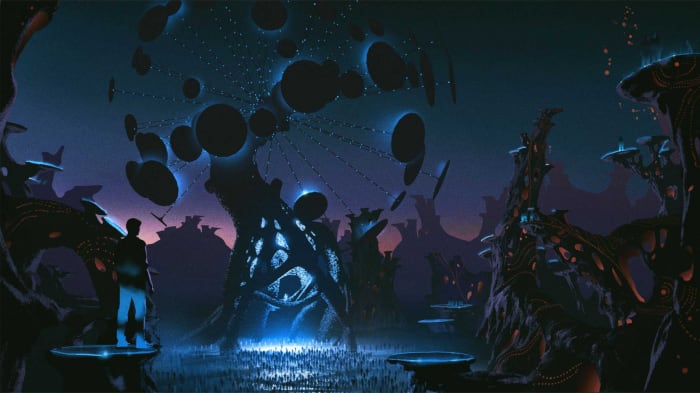
Sensorium’s cutting-edge stage desgins were produced in partnership with High Scream, the creative studio behind the industry-leading show concepts at Hï Ibiza and Ushuaïa.
Sensorium Galaxy
Electronic music performances serve as the initial testbed for Sensorium’s hotly anticipated launch, but Tityanko suggests that Sensorium’s offering of concerts is likely to expand beyond the genre’s boundaries in due time.
“PRISM right now has a focus on electronic music, but we’re not going to limit it to electronic music only,” she asserted. “At this stage it is a hub for extraordinary music events with a focus on electronic music.”

